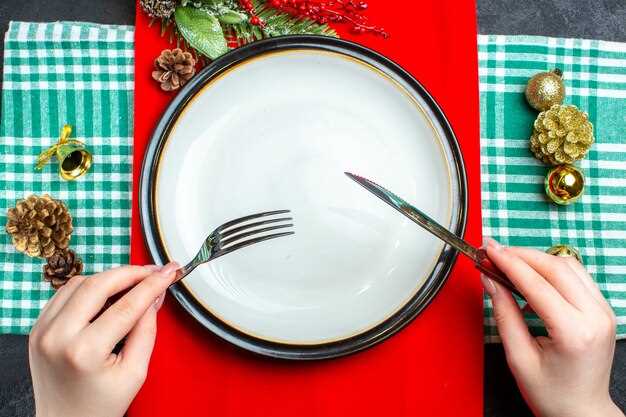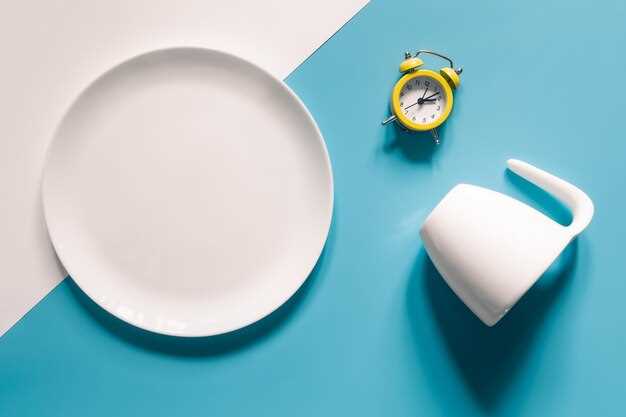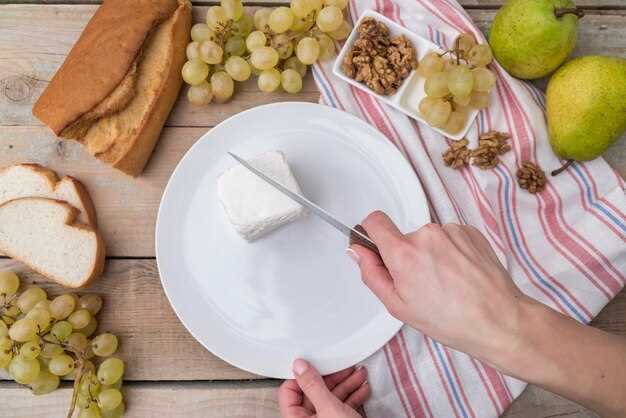
Maintaining the vibrant appearance of your dinnerware is essential for enhancing your dining experience. Over time, plates can lose their luster due to various factors, including wear and tear, improper cleaning methods, and exposure to certain substances. Understanding how to protect your plates will not only keep them looking new but also preserve the aesthetic value they bring to your table setting.
In this article, we will explore effective strategies to prevent discoloration and fading of your plates. Whether you own ceramic, porcelain, or melamine dishes, the tips discussed will cater to different materials and their unique requirements. With proper care and maintenance, you can enjoy your favorite plates for years to come.
From choosing the right cleaning agents to implementing safe storage techniques, each method contributes to extending the life of your dinnerware. The following recommendations will empower you to safeguard the color and integrity of your plates, ensuring that they remain a beautiful part of your home.
Choosing the Right Materials for Your Plates
Selecting the appropriate materials for your plates is essential in preventing color loss and ensuring their longevity. Various materials come with distinct properties that influence their durability, maintenance, and resistance to fading.
Ceramic plates are a popular choice due to their aesthetic appeal and durability. High-quality ceramics are often coated with glazes that provide a protective layer, preventing colors from fading over time. However, it is crucial to avoid low-quality ceramics, as they may not withstand regular use and can absorb stains.
Melamine is another excellent option known for its strength and durability. This material is resistant to chipping and scratches, which helps maintain the plate’s vivid colors. Melamine plates are also lightweight, making them ideal for outdoor use. However, care should be taken to avoid exposing melamine to high temperatures, as it can warp or discolor if used in microwaves or ovens.
Glass plates offer a sophisticated alternative that is less prone to losing color. They are non-porous, which prevents staining and fading. While glass materials can break easily, tempered glass options provide enhanced durability. Selecting colored or painted glass can also yield vibrant visual effects that last longer.
Stainless steel plates combine modern design with practicality. They are resistant to rust and corrosion, ensuring that their appearance remains intact even after prolonged use. Although stainless steel can scratch, high-quality finishes can minimize this effect and maintain a polished look.
Lastly, bamboo and other wooden plates present an eco-friendly choice for serving. While these materials may not fade as easily as others, they require special care to maintain their color and integrity. Regular oiling can help prevent drying and fading, making them a sustainable option for your dining experience.
In conclusion, thoughtfully selecting plate materials can significantly impact their color retention and overall lifespan. By understanding the characteristics of different materials, you can make informed decisions that enhance both aesthetics and durability in your tableware collection.
Proper Cleaning Techniques to Maintain Vibrancy

Maintaining the vibrancy of your plates requires careful attention to cleaning methods. Using the right techniques can prevent dullness and preserve color over time. Here are some essential cleaning guidelines to follow:
- Avoid Harsh Chemicals: Steer clear of abrasive cleaners or bleach that can damage the surface and affect colors.
- Gentle Dish Soap: Use a mild dish soap mixed with warm water. This helps to effectively clean without compromising vibrancy.
- Soft Sponges: Opt for non-abrasive sponges or cloths. Avoid steel wool or rough scrubbing pads that can scratch and dull surfaces.
- Immediate Rinsing: Rinse plates immediately after use, especially if they have been in contact with staining foods like tomato sauce or curry.
For deeper cleaning, consider the following methods:
- Baking Soda Paste: Create a paste with baking soda and water. Apply it to stained areas and let it sit for a few minutes before gently scrubbing and rinsing.
- Vinegar Solution: Mix equal parts of vinegar and water. Soak the plates briefly to help lift stains while preserving colors.
- Avoiding Dishwasher Damage: If using a dishwasher, choose a gentle cycle. Also, ensure plates are arranged properly to minimize contact and scratching.
Lastly, ensure plates are dried thoroughly after washing. This prevents water spots that can dull appearance. By following these proper cleaning techniques, you can keep your plates looking vibrant and ensure their longevity.
Storing Plates to Avoid Color Fading

Proper storage of plates is crucial in preserving their vibrant colors. To prevent color fading, it is essential to choose the right environment. Store plates in a cool, dry place away from direct sunlight, as UV rays can significantly diminish their hues over time. A cabinet or a closed shelf works best for this purpose.
To further protect plates, consider wrapping them in soft, acid-free tissue paper. This not only acts as a barrier against dust but also helps prevent scratches that could lead to color degradation. When stacking plates, place felt or fabric separators between them to avoid direct contact, which can result in scratches and other damage.
Avoid storing plates in overly humid areas, as moisture can lead to mold and stains that affect their appearance. Using silica gel packets in storage spaces can help regulate humidity levels. Additionally, ensure that any cleaning products used on the plates are suitable for their material and are thoroughly rinsed off before storage.
Lastly, consider displaying colorful plates on hooks or plate stands rather than stacking them horizontally. This not only protects them from potential damage but also showcases their beauty, adding color to your living space while keeping them in pristine condition.
